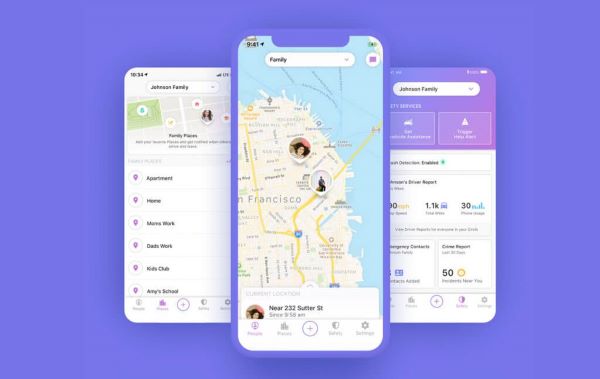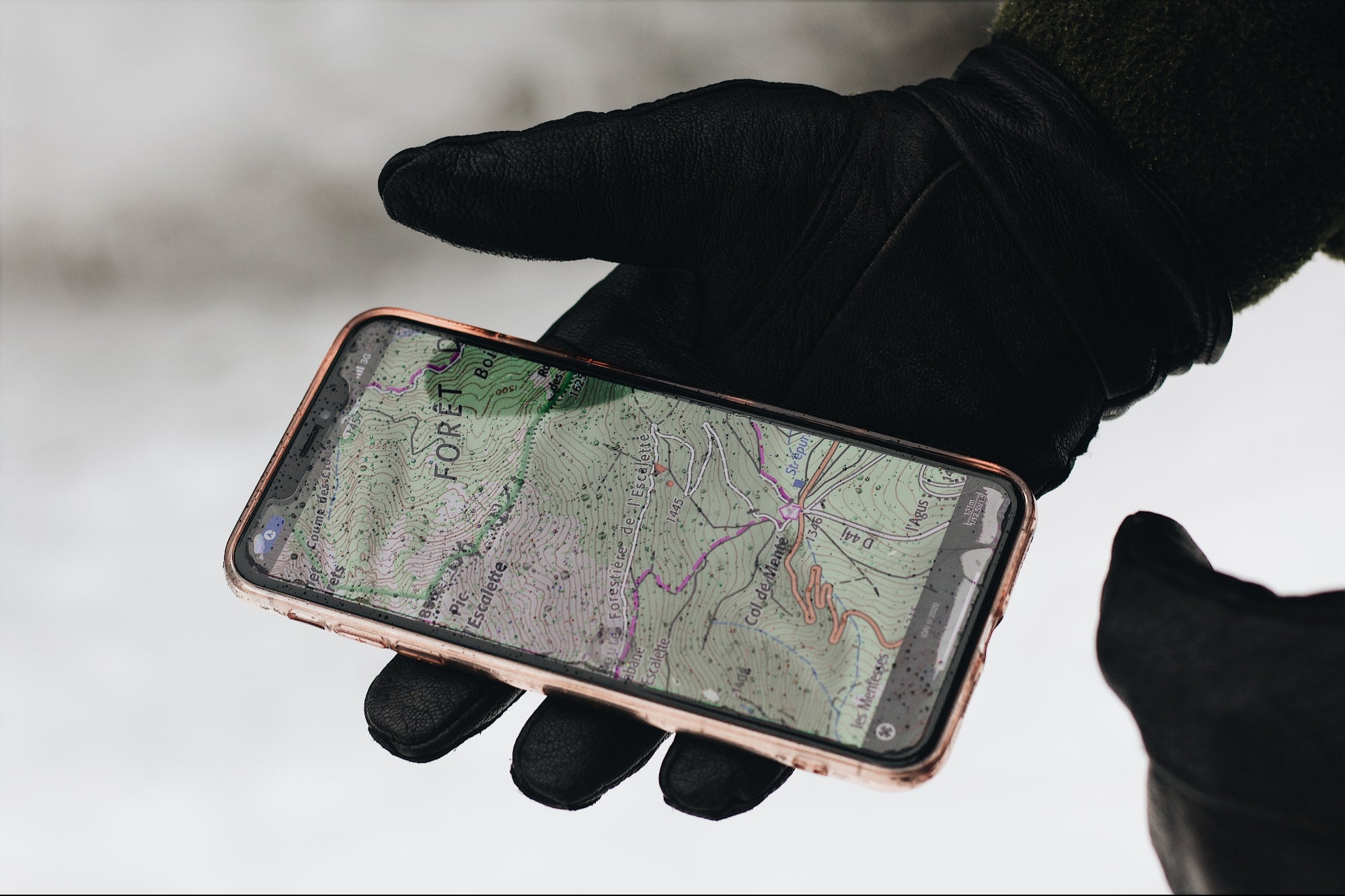ADS
Pokemon Go, originally thought of as a harmless game that encouraged players to get out and explore the physical world, has now been revealed to have a more insidious purpose. It was actually a scheme orchestrated by Niantic to exploit user data in order to develop an AI-based competitor to Google Maps. This competitor is a navigation system that utilizes photographs of real-world locations taken by players of the game.
Niantic, the company behind Pokemon Go, which was launched to the public in July 2016, quickly became a global phenomenon. By 2019, the game had been downloaded onto over a billion smartphones worldwide. If you haven’t played the game yourself, you’ve likely seen others engrossed in it, wandering around trying to catch virtual Pokemon and engage in battles with other players. But what many people didn’t realize is that by playing the game and visiting designated locations known as PokéStops and Pokémon Gyms, they were unwittingly providing Niantic with valuable data that Google Maps didn’t have access to.
Unlike Google Maps, which relies on vehicles equipped with cameras to capture street view images, Niantic’s model of the world is more detailed, thanks to the thousands of individuals who have walked around with their smartphones taking photos for the game. This process has allowed Niantic to create a 3D map of streets, paths, parks, and businesses that is more accurate and up-to-date than what Google Maps offers.
The key to Niantic’s navigation system lies in its Visual Positioning System (VPS), which uses single images from users’ phones to determine their position and orientation in the world. By combining these images with data from over 10 million scanned locations worldwide, Niantic has created a database of 3D maps that can be used to train neural networks to recognize and map real-world locations. This means that not only can users find virtual Pokemon in the game, but they are also helping to build a digital representation of the physical world.
In a blog post, Niantic explained how this technology works. By collecting data from thousands of churches around the world, for example, the system can recognize similar attributes and create a “global model” that can be used to accurately locate any church, even if it has only been partially scanned by users. This distributed knowledge allows the system to provide precise location information based on a single image from a user’s phone.
But what is Niantic’s ultimate goal in collecting all of this data? The company says that the technology has the potential to improve autonomous systems, navigation, and augmented reality products. For example, the system could be used to suggest optimal walking paths between two locations or to personalize experiences based on users’ routines and preferences. In essence, Niantic is using the data collected from Pokemon Go players to create a powerful AI-based navigation system that could rival Google Maps in the future.
It’s clear that Pokemon Go was more than just a game. It was a clever ploy by Niantic to collect valuable data from players in order to develop advanced technology that could revolutionize navigation and augmented reality. By encouraging users to explore the world around them, Niantic has been able to create a detailed map of the physical world that is more accurate and detailed than ever before. And with this data, they are on track to create a powerful competitor to Google Maps that could change the way we navigate the world in the future.








